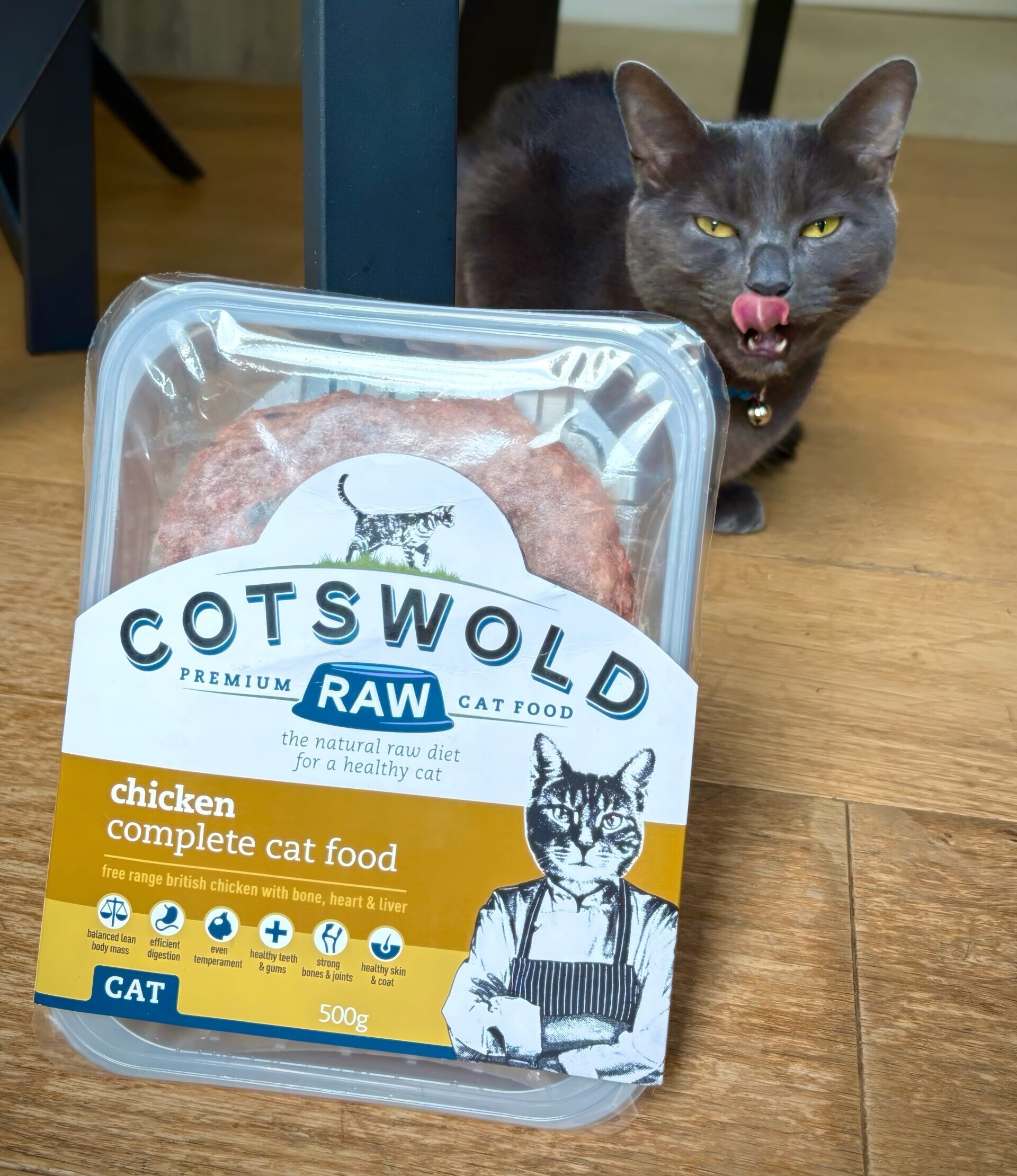Most cat owners will know the dreaded, hacking sound before their cat rushes to deposit a fresh, slimy hairball right on the carpet (despite the easy to clean hard floor surrounding them!) An unpleasant part of cat ownership, the occasional hairball is little to worry about, providing there are no other signs of illness, or they do not increase in frequency. Hairball season typically aligns with a cat’s natural shedding cycle, in spring and autumn, but may occur throughout the year. Let’s discuss how we can reduce and prevent hairballs in our cats.
The Signs of a Brewing Hairball
Sometimes hairballs do not come up on the first try, and it may take a few attempts. Usually, they’re tubular wads of compact hair, however sometimes they may not be as well formed. Typically, we see hairballs in adult cats, rather than kittens, as they are much more adept at grooming. Signs of a hairball burden include:
| Loss of appetite, or meowing for food, but then leaving it. |
| Restlessness |
| Lethargy |
| Retching or hacking |
| Diarrhoea or constipation |
| Vomiting with bile, or food |
If these symptoms continue over a couple of days, or if your cat stops eating for more than 24 hours, we advise seeking veterinary advice, in case of an impaction.
Helping with Hairballs
Maintenance of fur condition through an appropriate diet and frequent brushing result in cats ingesting less loose hair when grooming. When cats groom, hair sticks to the tongue, which is pushed to the back of the throat and subsequently swallowed. It should pass through the gut, but occasionally it can clump in the stomach, making it more difficult for a cat to pass, thus they regurgitate it. Our aim with these tips is to make sure hair moves through the gut and comes out in the litterbox, rather than being thrown up.
Diet
The best thing you can do is feed a nutritionally balanced, moisture-rich diet, made with quality, human-grade ingredients. The improved gut motility initiated by a raw diet results in increased hairball motility, allowing passage through the gut without issues. Ground bone in raw is an excellent source of species-appropriate fibre, in the form of fibrils (1). Raw diets are highly digestible, allowing the gastrointestinal tract to process food as efficiently as possible, so more hair will be passed through the gut, rather than sitting in the stomach.
There are many commercial ‘hairball control’ foods on the market, which are formulated with high levels of insoluble fibre, designed to push hair through the gut before it gets the chance to clump in the stomach. However, it is a fine balancing act when feeding high fibre diets to cats, as too much fibre can decrease nutrient absorption by prohibiting bioavailability (1). As insoluble fibre quickens passage of faeces and hair through the tract, there is also less time for nutrient absorption. Additionally, excessive fibre in the diet can cause dehydration, if a cat is not obtaining enough moisture. Whilst some fibre is necessary and beneficial for cats, too much can have the opposite effect.
Hydration
In a dehydrated cat, the gastrointestinal tract is less able to transport a hairball through as efficiently as a well hydrated cat, thus we cannot emphasise enough the importance a moisture rich diet has. Raw and wet diets contain a moisture content above 60%, which is essential to maintain a hydrated state. Dry diets typically contain <10% moisture, and although cats are typically seen to drink more water on these diets, they do not drink enough to compensate for the significant lack of dietary moisture. See our blog on Keeping Your Cat Hydrated.
Mealtime Extras
Psyllium husk (fibre) – has been found to increase faecal excretion of hair, especially in long hair cats, suggesting that a psyllium husk supplement can minimise hairball formation (2).
Slippery elm (fibre) – a natural expectorant and emollient, it lubricates the intestinal tract tissue and helps with hairball passage.
Egg yolks – contain lecithin and choline. Lecithin is an emulsifier, and helps breakdown the fat in hairballs, essentially splitting them apart into smaller pieces, and allowing them to be passed through the intestines. Choline contains the neurotransmitter acetylcholine, which stimulates wave like contractions of the gastrointestinal organs, known as peristalsis. This pushes the food (and hair!) through the intestines, improving gut motility and allowing hair to come out in the faeces. Egg yolk can be given raw, boiled or freeze dried a once or twice a week.
Brushing
Our cats spend a good chunk of their day grooming, in order to maintain coat condition and remove loose hair and debris. A cat’s tongue has tiny spines covering the surface, known as filiform papillae. The purpose of which was removing flesh from bones of prey. Today, the tongue is like a multitool, involved in both eating, and doubling as a built-in comb. Brushing cats daily helps removes this loose hair and stops the cat from swallowing it during grooming. This is especially important in long hair cats, and older cats, who may struggle, or lose interest in grooming as they age.
Exercise
Getting them moving to get their gut moving! Regular exercise such as through play with toys can stimulate digestion, enhancing gut motility, and can help reduce the likelihood of overgrooming, which can be associated with boredom.

References
- Curtis, L. (2011) Feline Nutrition: Nutrition for the Optimum Health and Longevity of Your Cat
- Weber, M. et al. (2015) ‘Influence of the dietary fibre levels on faecal hair excretion after 14 days in short and long‐haired domestic cats,’ Veterinary Medicine and Science, 30-37.
Lucy James | BSc (Hons) Bioveterinary Science
Looking to enhance your cat’s diet? Take a look at Cotswold RAW’s range of raw cat food.

